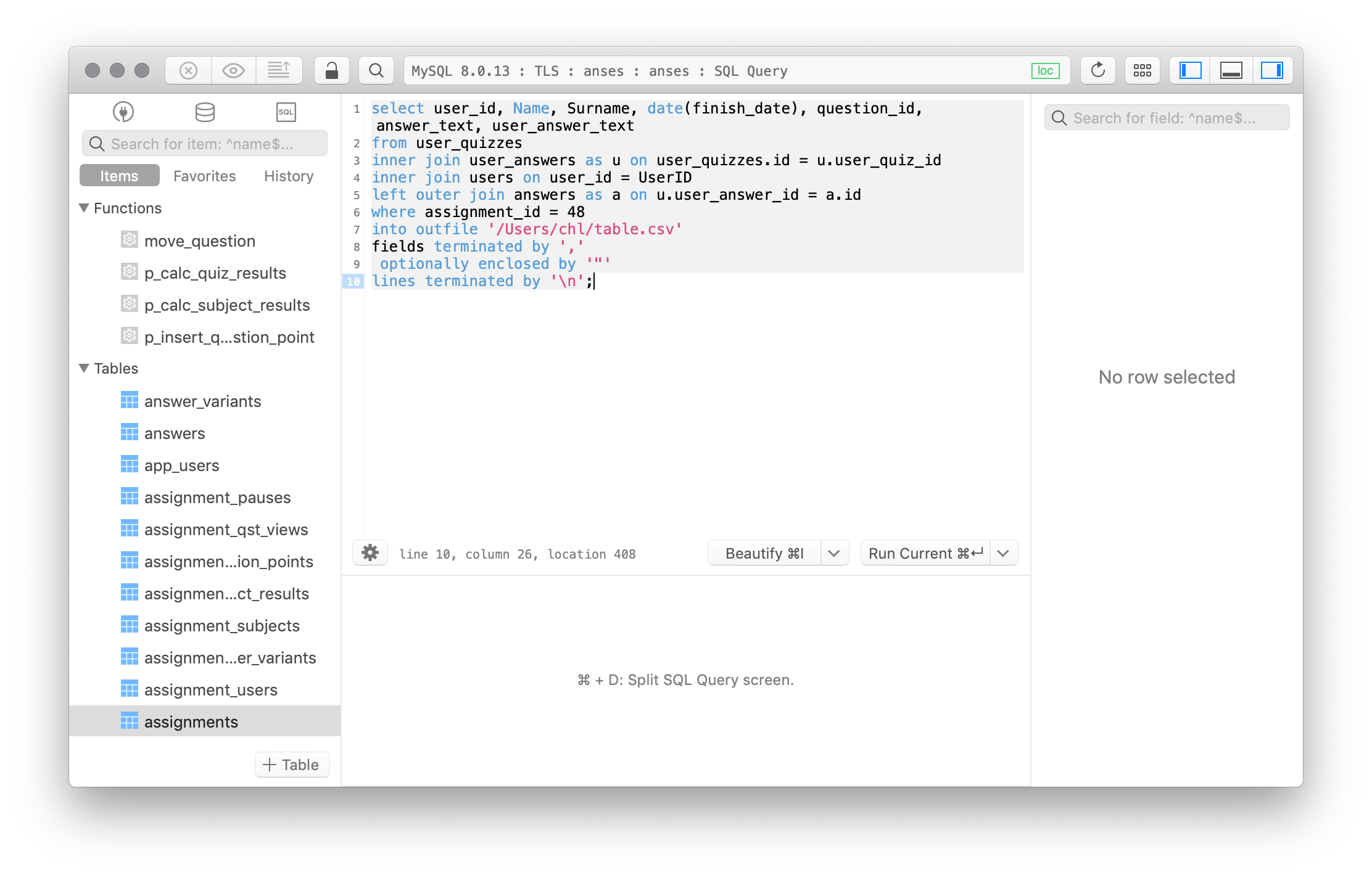

Supported Languages: Redis supports a lot of languages: Python, Java, PHP, Perl, Go, Ruby, C/C#/C++, JavaScript, Node.js. This allows your cluster to grow with your demands. When you need to adjust your cluster size, various options to scale up, scale in or out are also available. This allows you to build highly available solutions providing consistent performance and reliably. Redis offers a primary-replica architecture in a single node primary or a clustered topology. Persistence: Redis supports both point-in-time backups (copying the Redis dataset to disk) and creating an Append Only File (AOF) to store each data change to disk as it is written.ĭata Structures: Redis supports a variety of data structures such as strings which can be text or binary data up to 512MB in size, hashes, sets, lists, sorted sets with range queries, bitmaps, hyperloglogs and geospatial indexes with radius queries. Speed: Redis stores the whole dataset in primary memory that’s why it is extremely fast with average read or write operations taking less than a millisecond and support for millions of operations per second. Due to its persistence capabilities, Redis can also be used as a datastore. Optionally, data can be persisted by snapshot or by periodic copy to disks. It’s mainly used for caching purpose like a memcache. Since everything is in memory, its reads and writes are really fast. Redis offers a structured way to store data in memory. It’s also an example of a NoSQL database. Redis (Remote dictionary server) is an in-memory, key-value database, commonly referred to as a data structure server.


 0 kommentar(er)
0 kommentar(er)
